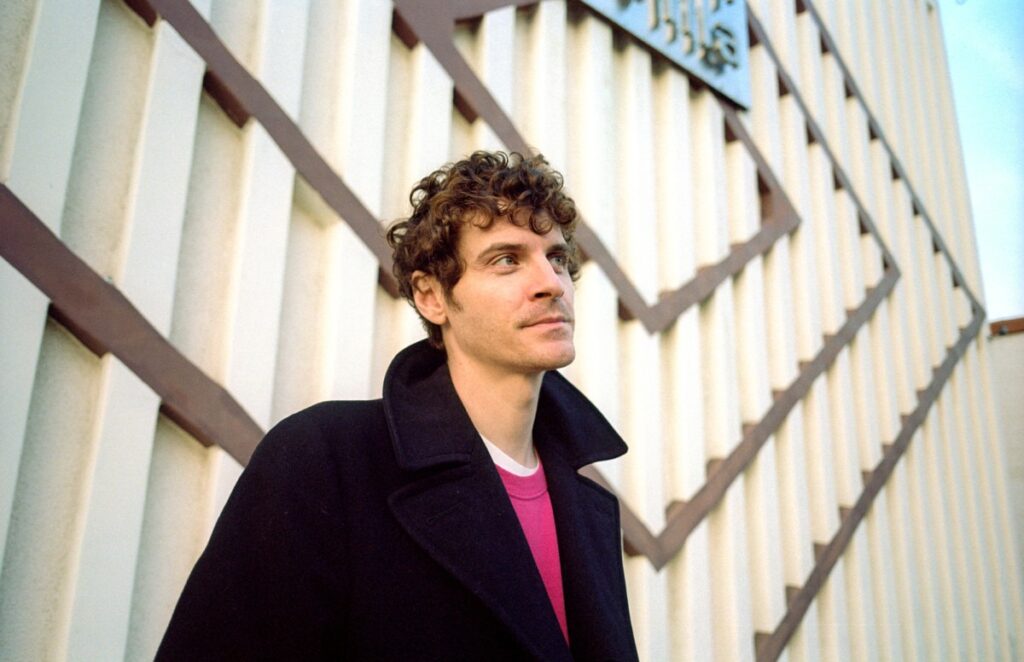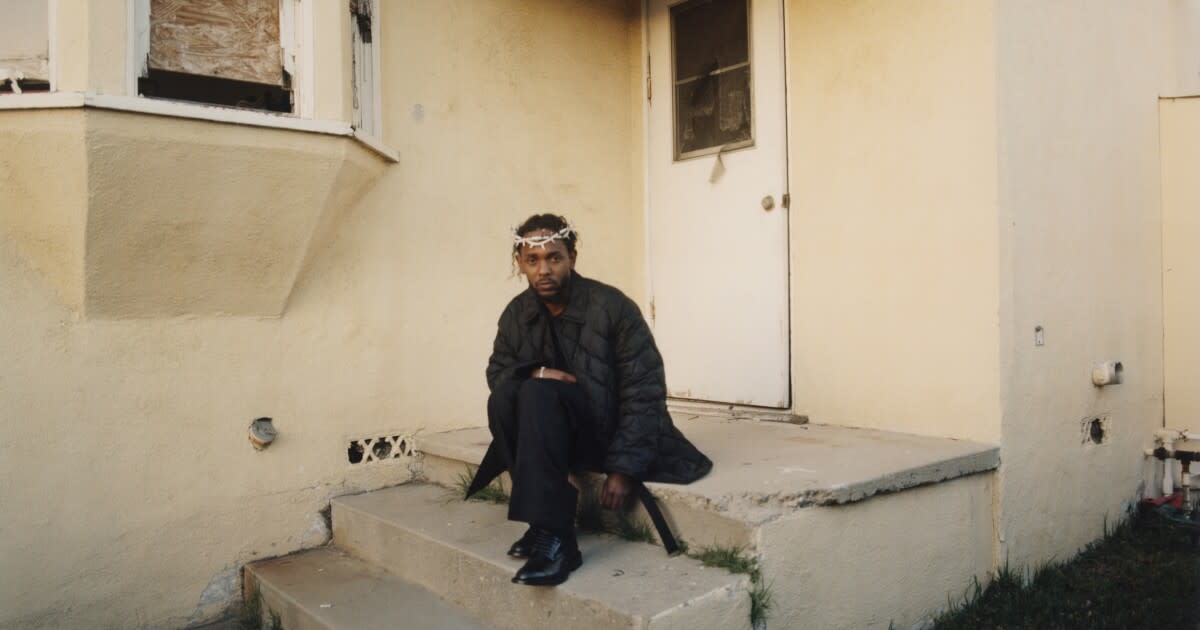We don’t often do scores for our How It Was Made features, but it was a treat when we got the chance to listen to the soundtrack for the outstanding film Minari, which just won the Golden Globe for best Foreign Language Film. Directed by Lee Isaac Chung, the film tells the story of a Korean-American family that moves to a small Arkansas in the search of the American Dream and the highs and lows that come along with it. The score helps paint a beautiful and vivid picture of the family’s struggles to not only master the farmland, but the world around them that isn’t very forgiving. It also matches the rural countryside that is another important piece of the film.
For this How It Was Made, the OST composer Emile Mosseri broke down how the soundtrack was made. He goes into his own writing and scoring, which happened largely on a piano, guitar and an old Korg Monopoly synthesizer. He also worked with a symphony to make it sound as rich and full as it does.
He also provided us with some behind the scenes video footage of creating the score, including showing his work with a symphony.
1. Upright Yamaha Piano:
I wrote and recorded most of the Minari score from my studio in Glassell Park Los Angeles. I had just got a new (old) piano from a man named Pouya who has this amazing piano warehouse in DTLA. You can buy and trade pianos as you go and he lets you play around and find the one you like. If you get tired of it he’ll let you trade it in for another, which I always find helpful when it comes to writing. Having a new sound / sounds can sometimes unlock some tunes. The idea is that the piano will write the music for you and can help wake up the lazy creative brain. The piano I used for Minari was an old upright Yamaha that I love.

Upright Yamaha Piano
Emily Mosseri
2. Gibson L2:
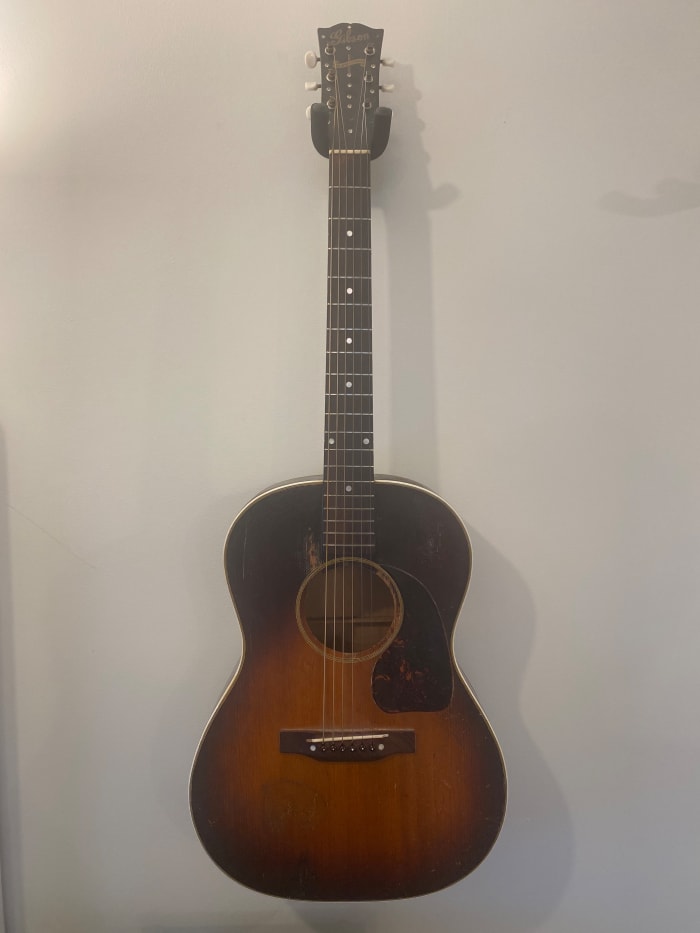
Gibson L2 guitar
Emily Mosseri
I also used an old Gibson L2 from 1943 a lot on this score. This guitar would have been out of my price range if it weren’t for the carvings and the giant picture of John Denver that some previous owner had embedded into the guitar's back. I actually love that about it, but it made it less valuable / more affordable and I always feel like John is right there with me. This is probably my favorite instrument. I like to detune it to as low it’ll go and still hold so that it sounds a bit like a bass. I also doubled it with my piano to give the score a more grounded sound.
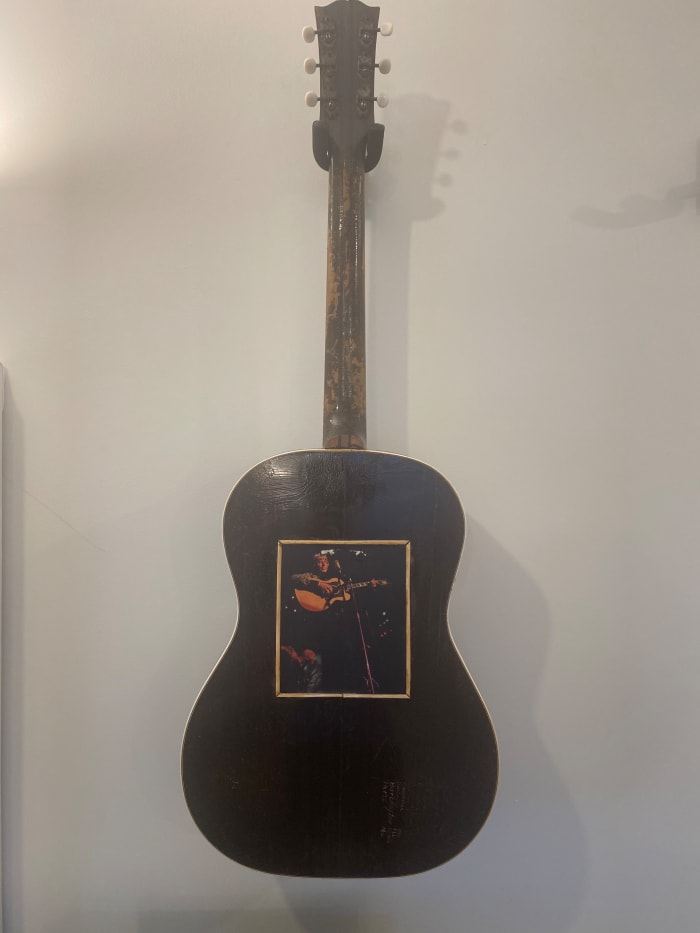
Gibson L2 Guitar with John Denver
Emily Mosseri
3. Korg Monopoly Synthesizer:
Aside from the orchestra and woodwinds, the only other instrument I used heavily on this score was a Korg Monopoly synthesizer from 1984 that my friend, the brilliant John Price, lent me. I’m hoping he doesn’t read this and never asks for it back! Through some fiddling around I found a setting that has a bit of a theramin-like sound to it that helps give the score a dream-like quality. Also I thought it helped vaguely place the score in the 80’s somehow without sounding overtly synthetic. Sometimes these simple things can go a long way in creating a vibe for a score. I am Grateful to John for generously lending it to me!
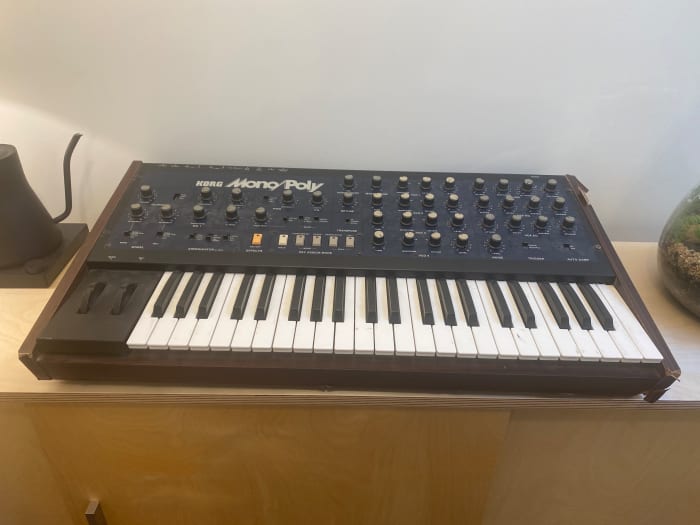
Korg Monopoly Synthesizer
Emily Mosseri


